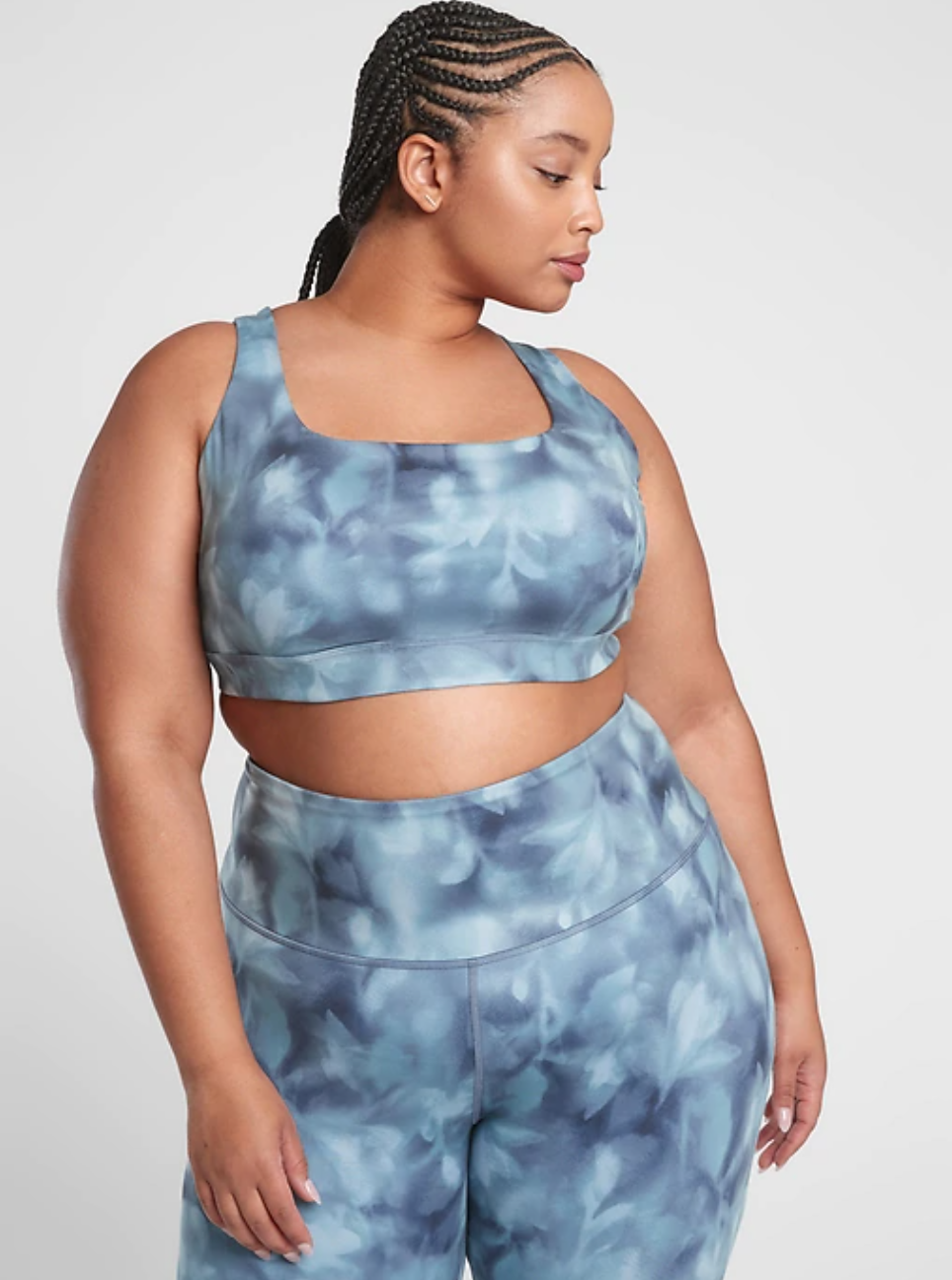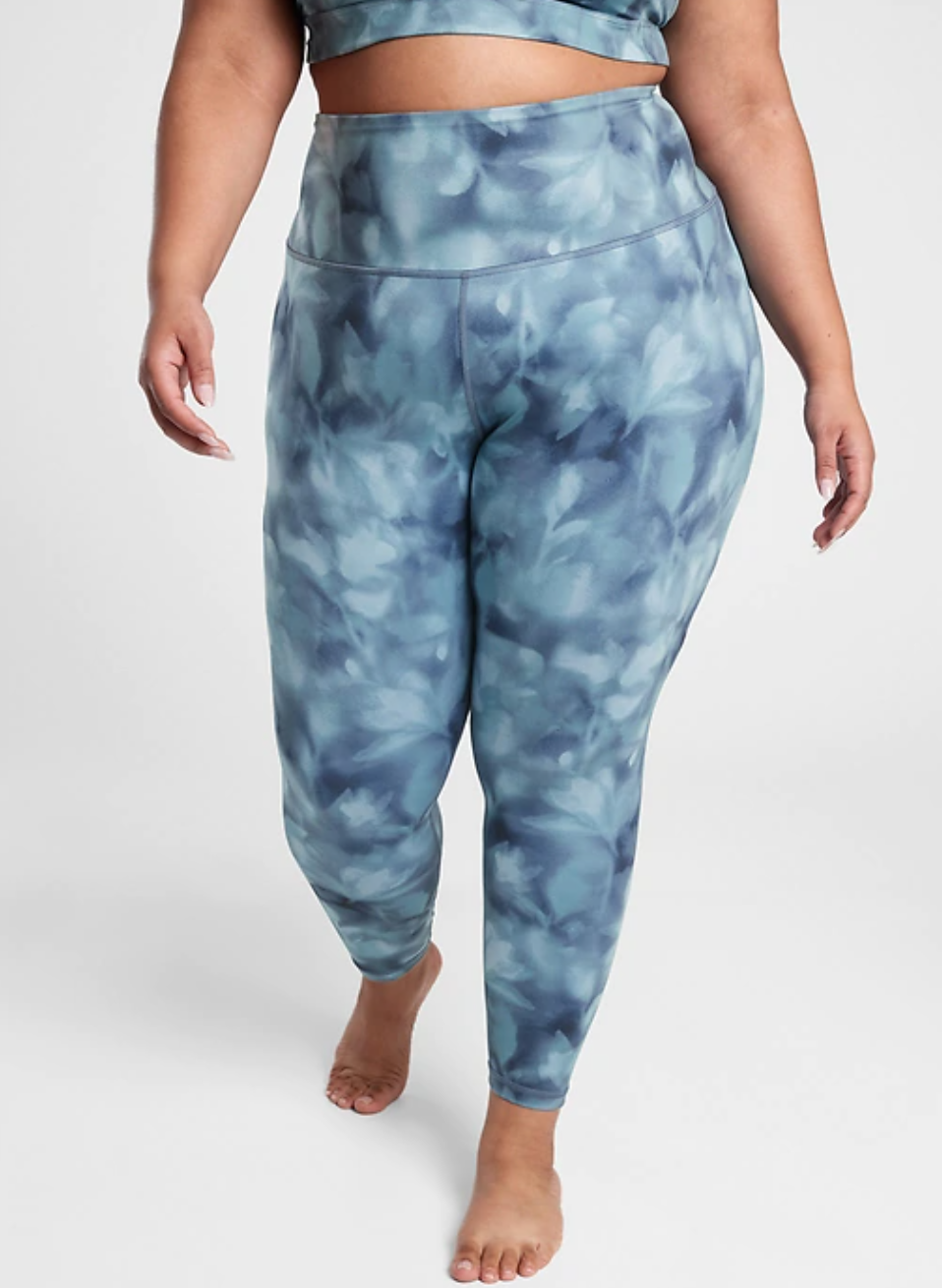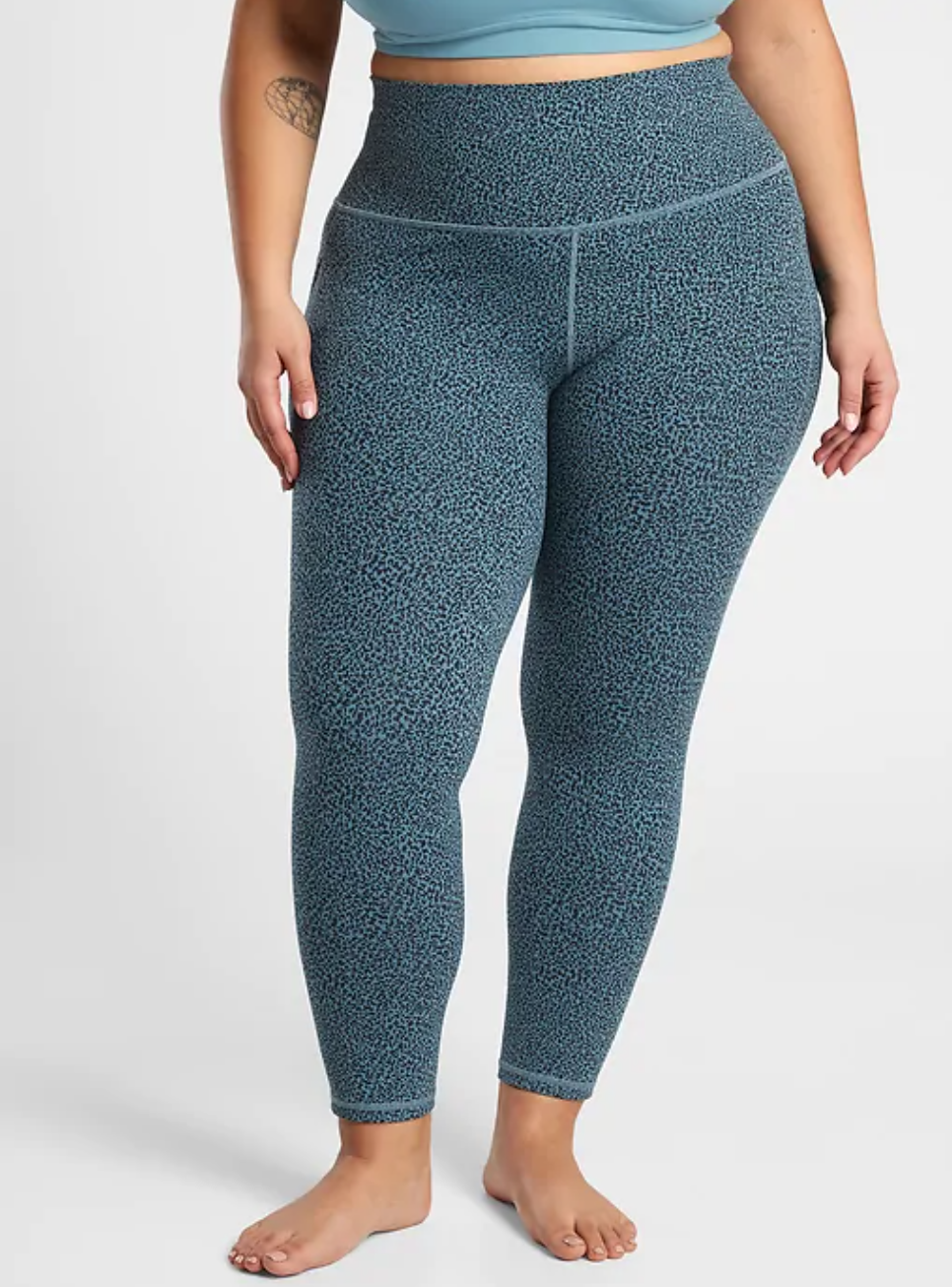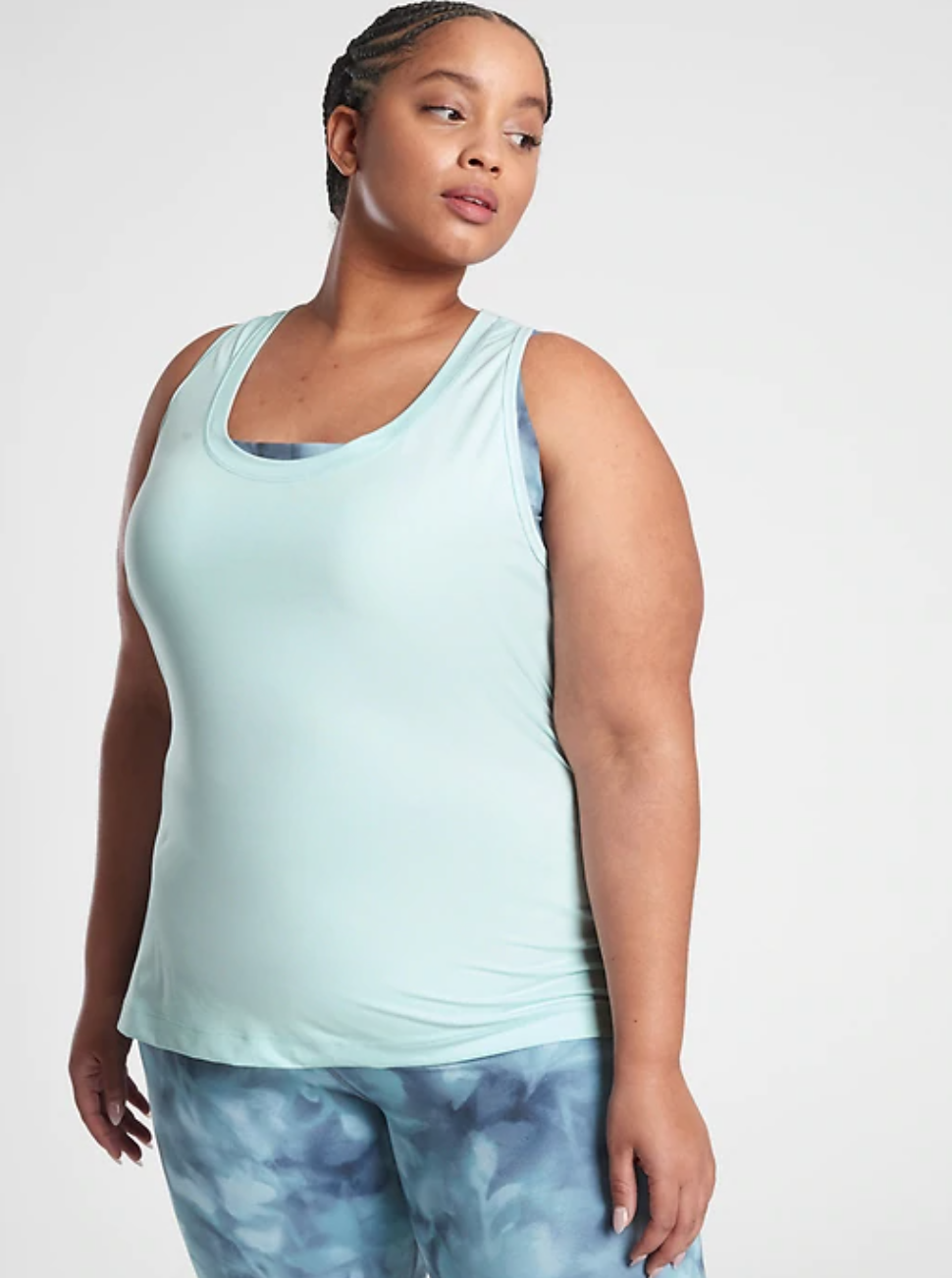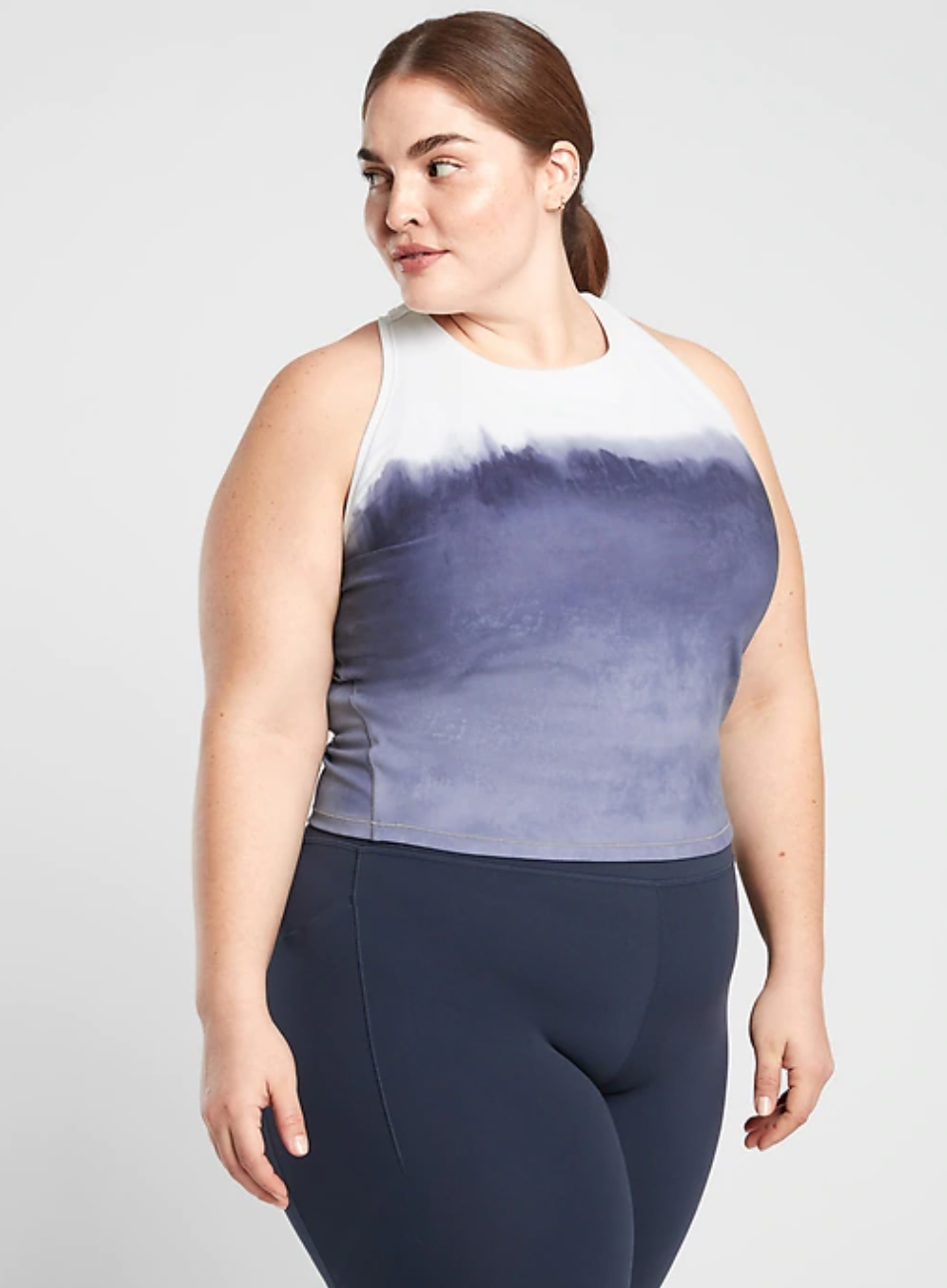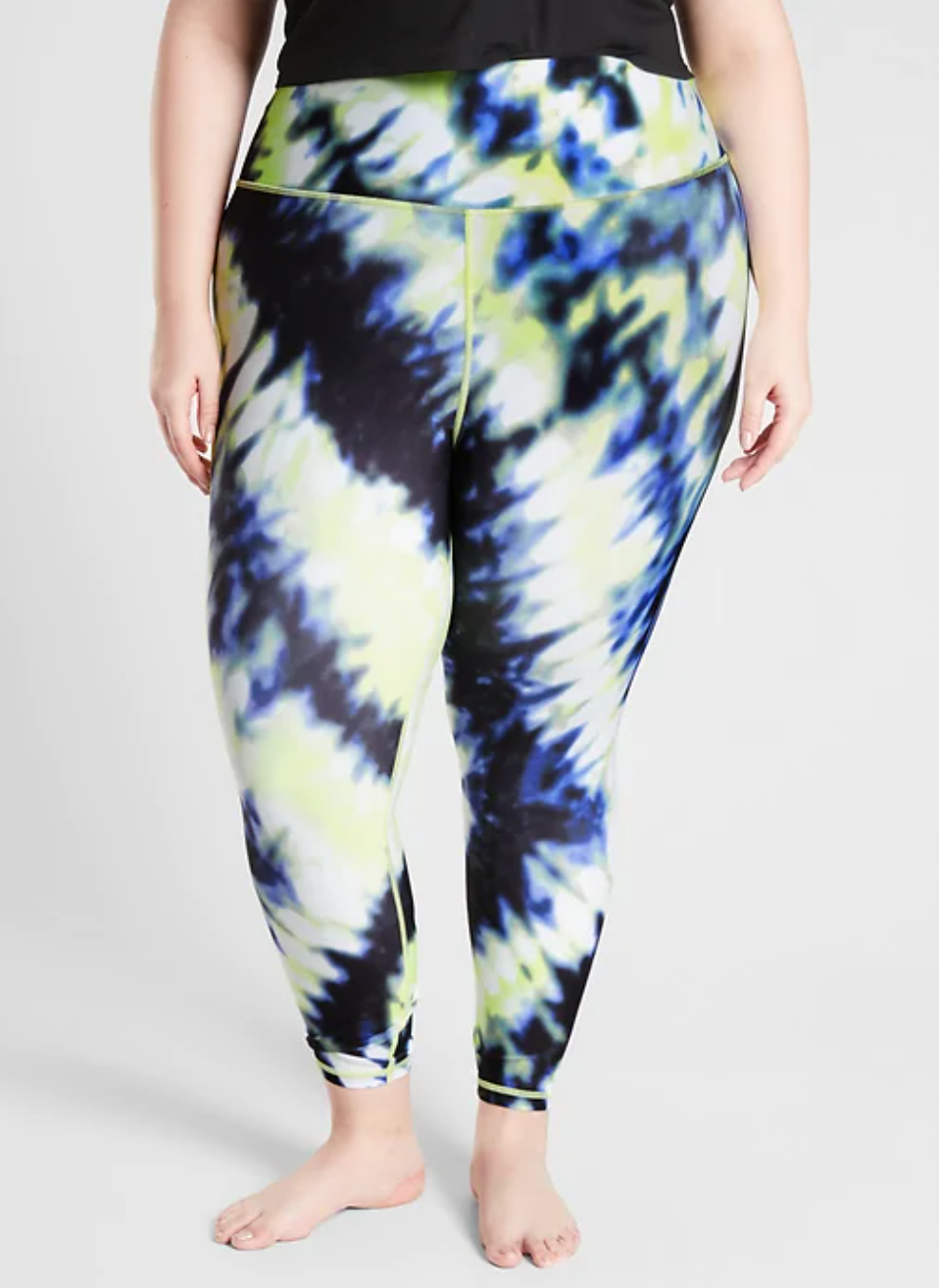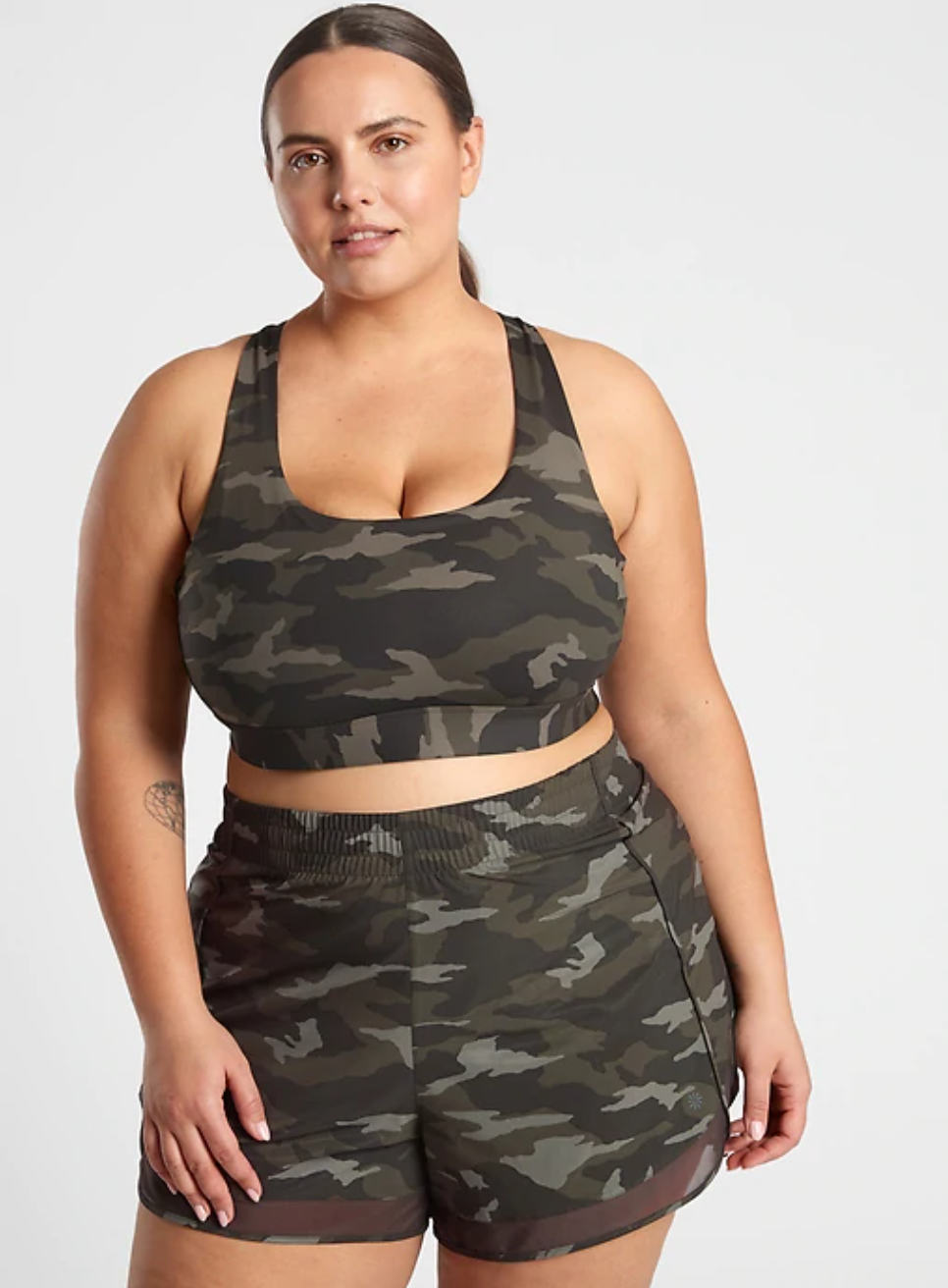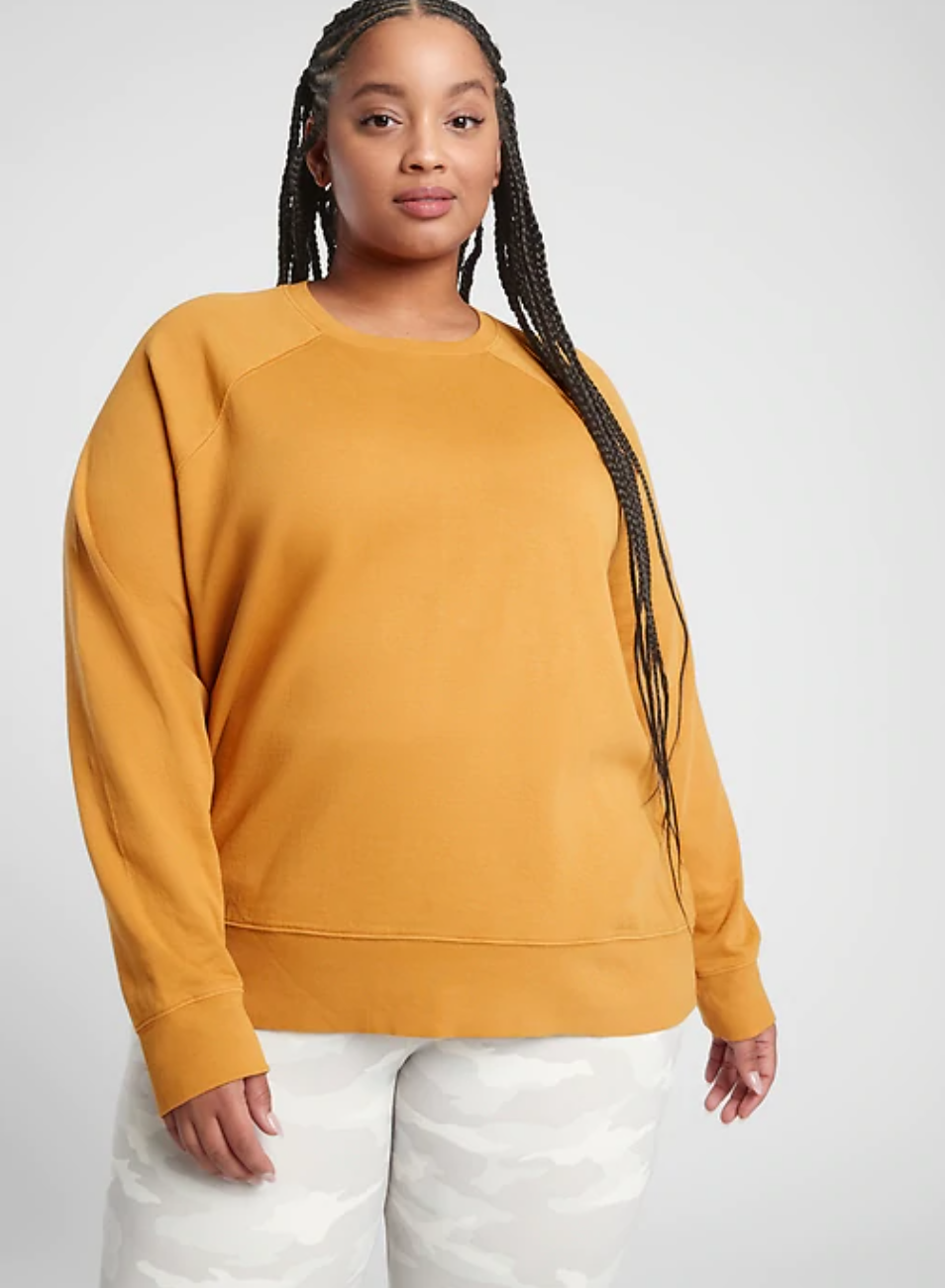Refinery29 is proud to partner with Athleta, an activewear brand that empowers women with its inclusive workout wear that includes extended sizing. Here, 33-year-old Jessie Diaz-Herrera, plus-size dancer and founder of her Bronx-based body-positivity class Curves With Moves, shares her story of learning to love her body again after finding activewear that fits. This story was told to Andrea Cheng and edited for length and clarity.
Most children are naturally very active, but growing up, I was operating on a different level. I had So. Much. Energy. I was diagnosed with ADHD at a young age, and my parents, wanting to temper my energy without resorting to medication, never missed an opportunity to throw me into any activity they could: basketball, softball, karate, dance. But it was the latter — dance, and in all its forms — that I absolutely fell in love with at the age of five.
AdvertisementADVERTISEMENT
I took ballet, tap, and jazz classes at a dance academy in Brooklyn. On weekends, I learned to dance salsa and the merengue with my family. Unlike sports, which required thinking, were more competitive, and involved a team, dance was an individual experience — one that was unique to me, one that had the power to transport me to another world. And when combined with music, it was like twice the amount of stimulation. I performed in recitals, I loved being onstage, and I had a knack for choreography (I was the one who taught all the cousins in the family the choreography to pop girl group songs).
But it all stopped at the age of 12, when puberty hit. I was training to audition for the teen program at the New York Academy of Ballet, and my teacher remarked: “If you really want to be in the program, you might want to consider what you’re eating, now that your body is growing.” In other words, she was telling me to lose weight. I was 12, so what do you do at 12? You skip meals, you don’t eat properly, and it got to a point where I fainted. My mom was worried and wanted to take me to the hospital, and I ended up telling her everything. In true Nuyorican fashion, she dragged me by the arm to the dance studio and cursed the teacher out: “Nobody tells my daughter what to eat, F you, F you, F you.” Now, I retell that story with pride, but back then, I was so embarrassed. I thought she ruined my life, because dance was my life. I gave up ballet then and there.
AdvertisementADVERTISEMENT
A year later, a different teacher asked me if I was still doing ballet. When I said no, she replied, “Yeah, you don’t have a ballet body anymore, so it’s probably for the best.” I know she wasn’t trying to hurt my feelings, but it still affected the way I perceived myself, and I stopped taking dance classes altogether, spending my teen years investing all my energy into softball.
It wasn’t until freshman year of college, at Babson in Boston, when I found my love for dance again. At a dance circle event during the first week, a junior told me I should join the school’s dance crew — something I didn’t know existed outside of movies. I skipped the second day of softball tryouts to join the Babson Dance Ensemble, and from there, I ended up becoming a choreographer. By the time I graduated, I was vice president.
In the beginning, the thought of dancing with people in a group scared me because it brought me back to those times in ballet (to this day, I say I’m going to take a ballet class, but I never do, because I know there’s still trauma there). But we did hip-hop, which is one of the most inclusive genres of dance, with the most diverse group of dancers — people of all ages, colors, and shapes. It was a space where I felt most comfortable, especially as a woman of color coming from New York and suddenly feeling so displaced in a city like Boston. Having that sense of community helped me feel more at home, but there were still moments in which I felt self-conscious, namely with costumes. If a choreographer chose a costume that stopped at a size large, and I was an extra-large, I didn’t speak up — I didn’t want to cause trouble and force a costume change. I ended up finding a woman in the Midwest who made all my costumes; I paid extra for her to sew my outfits, and I didn’t tell anyone about it. When I became the choreographer, I was set on making sure our costumes were size-inclusive, so that everyone could wear them.
AdvertisementADVERTISEMENT
It wasn’t just the costumes, though. It was all activewear. Until as recently as 2015, I was wearing sweatpants and a big, baggy T-shirt to dance class. Or really cheap leggings that would rip after a month — as far as I was concerned, no other kind of leggings existed. It didn’t affect my dancing because I was confident in my abilities, but I definitely felt self-conscious at the gym when I wanted to lift weights or do strength-training. I felt bulky. I felt like a fat girl going to the gym, and I was so envious of cool workout outfits; I desperately wished that brands made them for me.
The first time I wore workout clothes in extended sizing I couldn’t believe it: A sports bra that fit? Leggings that weren’t black? This was only five years ago, too, so plus-size activewear was still a new category. I think, for the longest time, brands had this notion that fat girls don’t work out, but who wants to go to the gym in super-baggy sweats? Clothing is so powerful in its ability to boost your mood and alter the way you present yourself. When you feel good — and everyone instinctively knows when they look good — it changes how you perform at the gym. Or in life.
For so long, I was stuck with wearing black and navy sweats, so now that there’s plus-size activewear available in these really bright colors and super-bold patterns, I cannot wait to stunt at the gym or at dance class. It made me fall in love with my body all over again. Athleta's collection of activewear — neutral shades with neon thrown into the mix, along with highly wearable prints — never fails to make me feel cute. And if there's anything I've learned about activewear, it's that quality is everything — and I can definitively tell you Athleta is all about quality. Leggings absolutely must have a thick, substantial band, and my favorites are the 7/8 crop ones from Athleta because they’re the perfect length for my petite 5-foot-1-inch frame.
AdvertisementADVERTISEMENT
I like to base my outfits on choreography, so if it’s hip-hop, I’ll wear a looser-fit pant with a crop top; if it’s a dance workout, I’ll opt for something sleeveless, so you can see my arm movements. The beautiful thing here — and I can't stress this enough — is that I have variety. I have options. I finally have the ability to choose from an arsenal of workout clothes by my favorite brands, like Athleta.
Pursuing a career in dance didn’t happen right away — probably because I didn’t conform to traditional dancer body norms. I was going to auditions and not getting anything, but that didn’t stop me from dancing socially and choreographing for companies. In a lot of these situations, I would be the only plus-size person in the room — and the only person of color — and I wanted to create a safe space for those out there who are like me. So I started posting dance videos on Instagram in 2015 and two years later, I launched Curves With Moves, a body-positivity dance class and a judgment-free zone regardless of ethnicity, dance level, age, or body composition.
I used to get comments online like: “If you dance every day, how come you’re still fat?” I’ve been dancing my whole life, so that’s not going to change my body. I know I can dance despite what people may think a dancer’s body should look like. For me, it’s less about fitness and more about joy. Plain and simple, dancing makes me feel good.
AdvertisementADVERTISEMENT
We still have a long way to go when it comes to plus-size representation, especially for women of color, but I know I’m making a difference when women come up to me and tell me that I’m the reason they’re able to wear a sports bra and leggings to class. My mom, who has been my biggest cheerleader, said, in front of one of my classes last year, that she’s learned to be more confident because of me. I started crying. This is the woman who stood up for me for my whole life, but to see her become a body-positivity advocate has been amazing.
I try to instill that in my daughter, who’s five years old, also has ADHD, and loves to dance. We recite daily affirmations — I am strong, I am loving, I am smart, I can do anything — and it’s something I’ve brought to my classes as well, because I truly believe if you do something great for your body, you should thank yourself. I want people to feel good in movement, but more than that, I want people to feel joy in whatever they do: If it brings you joy, do it on a daily basis and do it with pride.
shop 8 products
AdvertisementADVERTISEMENT



